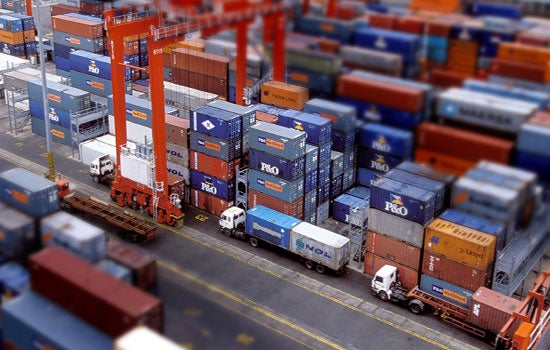
However, evidence is surfacing from developing countries that import taxes are on the rise, increasing protection, and their disruptive tendencies are often disguised. Along with the rising tendency to subsidize domestic industries, these additional taxes tend to further augment the inherent anti-export bias, which can be particularly detrimental to trade-led development strategies and policies in developing countries.
Despite the advent of regional trading arrangements over the past two decades, more than 65 percent of world trade still occurs under the Most Favored Nation (MFN) regime. [1] The reduction of MFN tariffs has virtually stalled since the early 2000s and may have even been reversed. According to Global Trade Alert analysis, tariff measures remain among the most frequent form of protectionist measures affecting vulnerable Least Developed and Sub-Saharan African countries—more than twice the incidence of non-tariff measures impacting these same countries.
More worrisome, a number of developing countries have resorted to the imposition of other import taxes without altering their MFN schedules and their exemptions to domestic oriented products. These import taxes come in many forms, including levies, surcharges, and fees imposed on imported goods for purposes of raising revenue or subsidizing exports. Imposed only on imports, in the absence of a domestic equivalent, these taxes have principally served to protect domestic industries, significantly increasing their nominal and effective protection. Moreover, the imposition of these para-tariffs and exemptions are often complex, constantly changing, and unpredictable, reducing transparency.
Evidence from South Asia demonstrates both the diversity and impact of these para-tariffs on overall levels of protection. In Bangladesh, these para-tariffs, in the form of supplementary and regulatory duties, average (un-weighted) 14.1 percent, on top of the average customs duty of 13.2 percent. In Sri Lanka, these additional duties have raised the un-weighted average from 10 % (customs duty) to around 27% (with para-tariffs). Regional or bilateral trade agreements, such as the Indo-Lanka Free Trade Agreement (FTA), have had little or no impact on the level of protection as they exclude many such protected industries through sensitive lists.
Meanwhile, Pakistan continues to apply a complex mix of regulatory duties, special duties, and exemptions issued in Statutory Regulatory Orders. The number of regulatory duties has been recently reduced, though the use of MFN exemptions is more pervasive, covering 906 tariff lines on goods produced domestically, raising the effective rate of protection. These exemptions often benefit one or two large producers of each product, while smaller producers are excluded.
Anecdotal evidence elsewhere suggests that the prevalence of para-tariff is not a South Asian phenomenon. Almost all of the Middle East and North Africa and some Sub-Saharan African, East Asian, and Latin American countries also apply additional taxes (special import license fees or stamp taxes) at the border. In many cases , these additional taxes are directed at domestic sectors that already benefit from subsidies, tax breaks and other “murky” policies.
The inherent anti-export bias of protection runs counter to trade-led development, including the engagement of developing countries in global value chains, in favor of production for protected domestic markets. The diagnosis of trade costs has taken a dramatic leap forward in addressing the many complex barriers affecting developing countries’ exports and participation in global value chains. In the process, traditional trade policy has taken a back seat. Much greater scrutiny is warranted, not just behind the border, but also below the radar to identify and understand the impact of such policies on trade competitiveness and growth.
[1] Under the WTO agreements, countries cannot normally discriminate between their trading partners. The Most Favored National principle requires all WTO-member trading partners to the same trade terms.


Join the Conversation